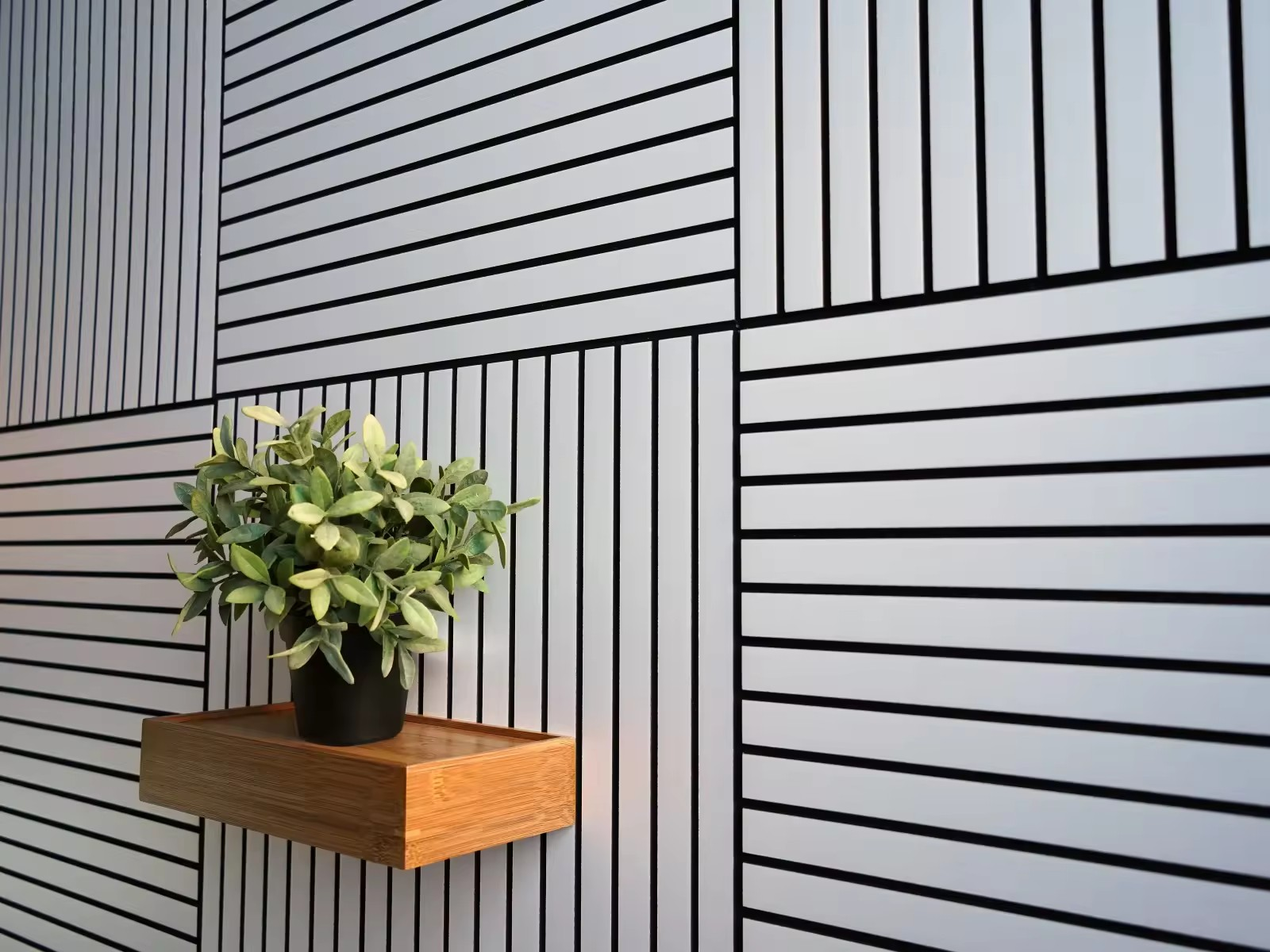Heat Resistant Wall Panels for Fireplaces A Comprehensive Guide
Fireplaces are a wonderful addition to any home, adding both warmth and a cozy ambiance. However, one of the primary concerns when integrating a fireplace into your living space is safety, especially regarding the materials used in the surrounding area. This is where heat resistant wall panels come into play, providing both functionality and aesthetic appeal.
What Are Heat Resistant Wall Panels?
Heat resistant wall panels are specifically designed materials that can withstand high temperatures produced by a fireplace or other heating appliances. These panels are constructed from various materials, including fire-rated drywall, cement board, and special heat-resistant composites. Besides their fire-resistant properties, these panels can enhance the overall look of your fireplace, offering a range of styles and finishes to match your home decor.
Why Use Heat Resistant Wall Panels?
The primary reason to install heat resistant wall panels is safety. Traditional wall materials, like wood and standard drywall, can ignite or warp when exposed to the intense heat generated by a fireplace. In contrast, heat resistant panels provide a crucial barrier against flames and heat, significantly reducing the risk of fire hazards.
Moreover, these panels help maintain the structural integrity of your home. When regular materials are exposed to high temperatures, they can weaken over time, leading to potential damage beyond just aesthetics. Heat resistant panels are engineered to withstand prolonged exposure to heat, ensuring that your walls remain safe and intact.
Types of Heat Resistant Wall Panels
1. Fire-Rated Drywall Often referred to as Type X drywall, this material has additives that help it resist flames for longer periods. It's an effective and commonly used choice for areas around fireplaces.
2. Cement Board Known for its durability and fire resistance, cement board is an excellent option for fireplace surrounds. It's non-combustible and doesn't warp or crack under heat, making it ideal for high-temperature areas.
heat resistant wall panels for fireplace

3. Mineral Fiber Panels These panels are created from mineral fibers and often come with a fire-resistance rating. They are lightweight and easy to install, offering an excellent balance between aesthetics and functionality.
4. Veneer Stone or Brick Panels For those seeking a rustic or traditional look, veneer stone or brick panels can be a perfect choice. They provide a classy finish while also being inherently heat resistant.
Benefits of Installing Heat Resistant Wall Panels
- Enhanced Safety As mentioned, the primary benefit is increased safety by preventing fire hazards in your home.
- Design Flexibility Heat resistant wall panels come in a variety of designs, colors, and textures. Homeowners can easily match these panels to their existing decor.
- Durability Unlike traditional materials that may degrade over time, heat resistant panels are designed to last, ensuring that your fireplace remains both functional and visually appealing.
- Easy Maintenance Many heat resistant panels are designed to be moisture-resistant and easy to clean, making them a practical choice for busy households.
Conclusion
Heat resistant wall panels for fireplaces represent an essential investment for any homeowner looking to enhance safety and aesthetics in their living spaces. By choosing the right type of panel, you ensure that your fireplace not only provides warmth and comfort but does so in a safe environment. Whether you prefer a modern, sleek finish or a traditional, rustic look, there are heat-resistant options available to suit your style and enhance your home. Remember, safety should always be a priority when it comes to installations near open flames, and heat resistant wall panels are a critical component of that safety strategy.
-
Wooden Sound Proof Panels for Conference RoomsNewsJun.13,2025
-
Maintenance Tips for Felt Wall PanelsNewsJun.13,2025
-
How to Clean and Maintain a Pet Snuffle MatNewsJun.13,2025
-
Custom Shapes and Sizes for Polyester Fiber Acoustic PanelsNewsJun.13,2025
-
Best Sound Proof Panels for Home TheatersNewsJun.13,2025
-
Benefits of Wooden Acoustic Wall Panels for Home TheatersNewsJun.13,2025
